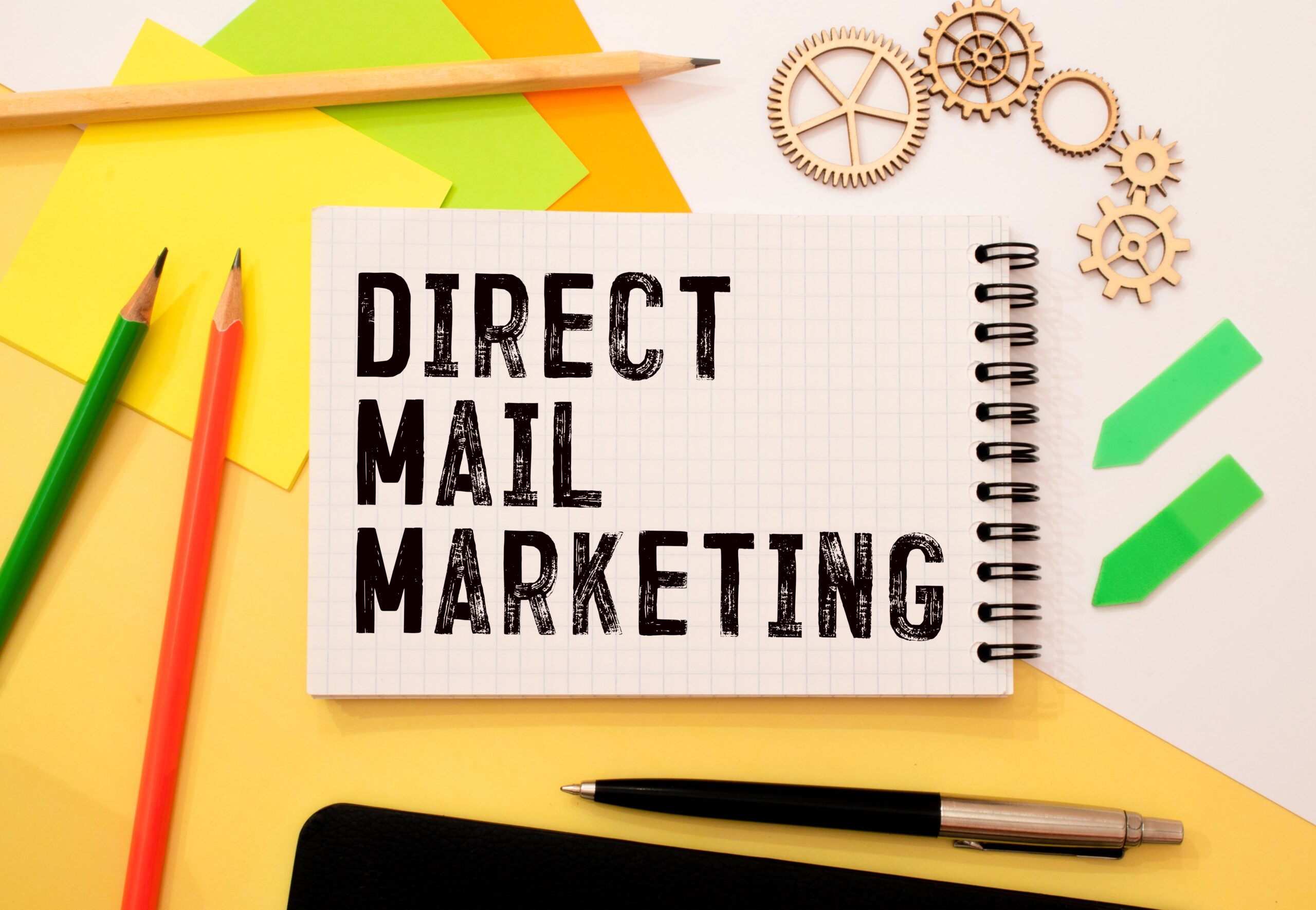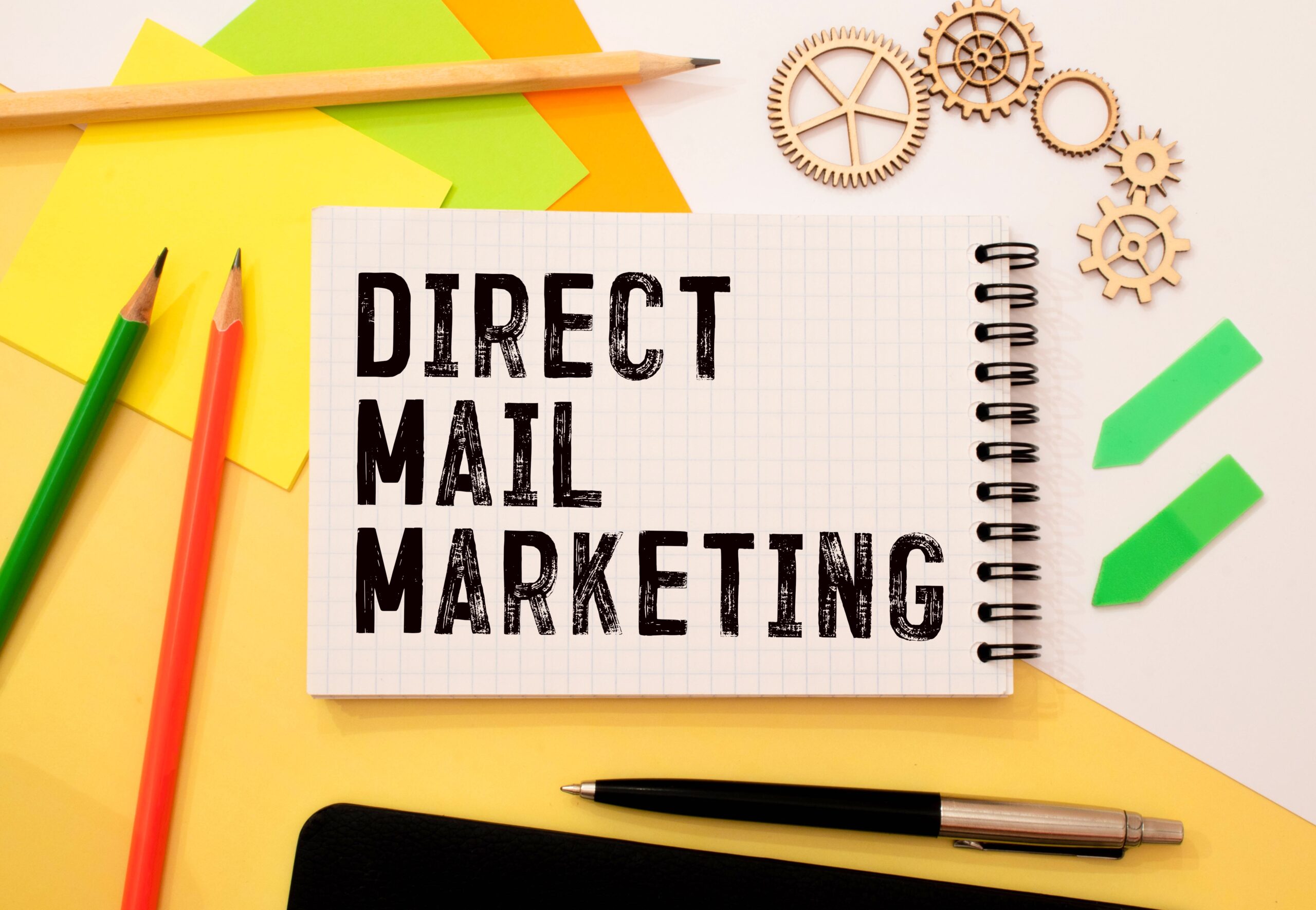
If you’ve been stalking my blog articles, you’re well-acquainted with the ebbs and flows of my freelancing misadventures which included a number of triumphs and a sprinkle of questionable decisions. In the beginning, my biggest blunder was my attitude – I wanted to get clients fast without realizing the importance of professionally marketing myself as an expert in my field.
Being qualified isn’t enough: You’ve got to show it
Reflecting on this period in my life, I recognize that I was too aloof about investing in marketing materials and personal branding. It’s not that I had visions of grandeur and believed that I would build my business without hard work. I just thought it would have been enough to let prospects know I was a professional freelance writer and a marketing communications specialist with a marketing-focused MBA under my belt.
Back then, my marketing communications strategy felt bulletproof, like I had all the answers. Looking back, it’s a cringe-inducing comedy of errors. Ah, the beauty of hindsight – proof we’re evolving! That said, here are my top four marketing mistakes and main takeaways:
1. Seeking clients without marketing materials
When I was just starting out and indiscriminately blasted cold calls and cold emails to seemingly every company under the sun, I did so without a shred of marketing materials. I flaunted a sleek website with a studio-shot photo and five blog articles preaching the gospel of good writing. But that was it. I had no downloadable resources, such as white papers, guides or eBooks that acted as lead magnets and trust-building tools. Aside from the blog articles, I had nothing else that offered tangible value upfront and established my authority and expertise in the communications marketing field.
Don’t be vague: Undefined messaging will stall your growth
Without these materials, I had nowhere to guide dialogue with my prospects and no real ability to start conversations. My blog articles, while well written, were too vague and lacked the precision to address specific pain points. The reason they lacked precision was because I had not yet defined my niche which lead to unfocused efforts, diluted messaging and less effective prospect targeting. I had not yet mastered the art of marketing and communications.
Targeting the right audience will get your marketing to stick
But as my marketing communications strategy evolved and I started targeting a specific audience, I began crafting tailored marketing materials that mirrored the language of that audience. Since I had decided to target software companies, I wrote a white paper about the importance of written intelligence, complimented by a flyer that demonstrated my understanding of communications marketing and marketing materials specific to the tech sector. The flyer acted as my own branding tool but also as a reminder for my prospects about the significance of marketing materials such as professionally written blog articles, various reports, case studies and demos.
The takeaway. As pointed out by Forbes, the foundation of any digital marketing campaign is high-quality content. Audiences are informed by marketing materials while interesting content leads to conversions, drives social media engagement and reflects your brand’s prowess.
2. Casting a wide net: Risks of a foggy marketing communications strategy
When I was first trying to get copywriting clients, I spent a good two years trying to charm companies of every size, leaping from one industry to another lacking a game plan (read: marketing communications strategy). I failed at being picky, convincing myself that companies stuck in the Internet’s version of the Stone Age desperately needed my copywriting wizardry. After all, how could they not? Their websites were relics. Some were rocking designs straight out of the early 2000s – think flash intros, animated GIFs, bold colors and vibrant designs (shockingly, these digital time capsules still exist, like digital remnants of virtual wreckage).
Fishing in every pond will leave you with no business
I reached out unsystematically to industry associations, large corporate entities, smaller companies – I targeted literally every business profile that ever existed. I did so in stages, starting with construction companies, followed by retail firms, university faculties and so on.The reason I persisted was because I occasionally did land some work, which gave me the impetus to keep going. I knew that there were companies out there that I was a good fit for but I couldn’t secure a consistent flow of work and build substantial momentum.
Sharpened focus is the breakthrough every business needs
The turning point hit me like a caffeinated epiphany after one of my meetings with my mentor. It finally dawned on me that if I wanted my freelance business to soar, I had to narrow down my target companies and embrace more focus with marketing materials. I also revisited a few exercises with the career coach who was assigned to me during my MBA at the Schulich School of Business. These exercises guided my self-reflection, clarified goals and identified strengths and preferences, which helped me refine my approach.
Bullseye: Zeroing in and landing big wins
And – boom! I decided to get surgical with my targeting and direct my aim towards the tech sector. I finally decided to implement a proper marketing communications strategy. I had worked for a software company previously as a technical writer where I learned the psyche of the software realm, decoding its nuances, jargon and pain points – especially in the domain of documentation and presentation. Once I established my new industry allegiance I was able to develop appropriate marketing materials, secure long-term clients and stop spinning my wheels.
The takeaway: By offering specific products and services, versus a variety of offerings, you benefit by saving money and being more productive, according to HubSpot. Niche marketing means having fewer buyer personas and less competition, while spending efficiently, targeting specific types of prospects and encouraging word-of-mouth marketing with well-crafted marketing materials.
3. Not customizing my direct mail campaign
At some point, my freelancing business was humming along nicely and I thought, “Why not experiment a bit?” Until then, my client roster consisted mainly of startups and marketing agencies that were funneling consistent projects from major players like Lenovo, HPE and Ricoh. In an effort to shift gears and offer something aside from written copy, I decided to promote myself through a direct mail campaign as a public speaker who shared valuable sales insights and advice in a unique and impactful way.
Generic pitches to a new market will fall flat
Back then, I had not yet given up on the idea of attracting big corporate clients on my own without the marketing agencies acting as go-betweens. Plus, I’ve always wanted to venture into the European market. I believed that leveraging my skills as a native English speaker and writer who provided valuable sales tips would potentially attract clients in that region. But, I made the wrong assumption that a generic sales letter would do the trick. Because I was now promoting myself as a public speaker as opposed to a writer, I thought that I could get away with not customizing the letter.
One-size-fits-all? More like zero results
Ultimately, the content for the presentations would remain consistent, unlike the customized, high-impact marketing materials tailored to specific companies. I also thought that a generic sales letter would save me time and effort and that my one-size-fits-all approach would appeal universally (ha! Ha! HA! Wrong). With a focus on quantity, I believed that reaching a larger audience with a standardized message stood that chance of yielding at least some results. I sent letters and a flyer to no fewer than 400 companies. Guess how many clients I landed? Zero.
The takeaway: Always customize your sales efforts. Personalization in a direct mail campaign drives performance and better customer outcomes. Seventy-one per cent of consumers expect companies to deliver personalized interactions, according to McKinsey, while 76% get frustrated when this doesn’t happen. Plus, companies that grow faster drive 40% more of their revenue from personalization than their slower-growing counterparts.
4. Targeting companies that didn’t fit my client profile
As mentioning in the previous section, at a certain junction, I wanted to see whether I could attract big corporate giants on my own without the marketing agencies acting as intermediaries. I actually embarked on three concerted attempts and all of them fell flat. My first initiative involved sending out a regular direct mail campaign, the one that consistently worked wonders with startups and smaller tech companies. I identified 200 appropriate decision makers and customized each sales letter with marketing materials. Again, the number of clients I landed was zero.
Pursue the right crowd: Don’t chase firms that don’t need you
On the second occassion I tried to snap up large corporate clients was at various tech expos in London that I attend once or twice a year to network and build relationships. At tech events, I focus on mingling with startups and smaller companies, an effort that consistently yields at least one new client. On two occasions however, I departed from this norm by approaching exhibitors from large, established organizations as well. While the people I talked to were all very polite and took my business card, I didn’t succeed in starting any meaningful conversations following our meeting.
Own your lane: Stop fighting for clients who aren’t your fit
The third attempt I made to land corporate clients was with the generic sales letter described in the previous section. My conclusion is that these companies are simply out of my breadth. They’re big enough to have their own communications marketing departments and have little to no need for farming out writing services. If they do need to outsource occasionally, they hire writers through a marketing agency. I had to learn this the hard way but today I no longer waste time trying to get established corporations on my own and without a marketing agency acting as the middleman. This was a harsh marketing and communications wake-up call I had to face the hard way.
The takeaway: Knowing your ideal customer profile is essential in drafting a marketing communications plan and capturing business. Understanding your customers’ demographics, preferences and behaviors enables you to speak their language, anticipate their desires and build stronger relationships. In essence, to convert prospects into customers, it’s crucial to synchronize your sales and marketing efforts with your ideal customer profile, according to Gartner.
Communications marketing: Engage, refine, customize & prospect
In the newbie days of my freelancing business, I yearned to snag clients pronto, oblivious to the necessity of professionally flaunting my expertise. I was unaware to the importance of creating a marketing communications plan. Looking back on that era, I admit I was too nonchalant about cultivating my personal brand and promoting myself as a marketing communications specialist. While I never fancied myself a business tycoon expecting success to fall into my lap, I simply thought that touting my professional skills and waving around my marketing-focused MBA would suffice. Oh, the folly of youth. Here are the lessons learned from my marketing mistakes:
- Tailor content for audience engagement.
- Choose a niche.
- Customize every sales effort.
- Pursue your ideal clients.
What’s your take? I’m eager to hear your views on how marketing materials can drive your communications and marketing success. Drop your thoughts in the comments! If you found this post helpful, don’t forget to subscribe for more tips and strategies to elevate your marketing communications plan!







